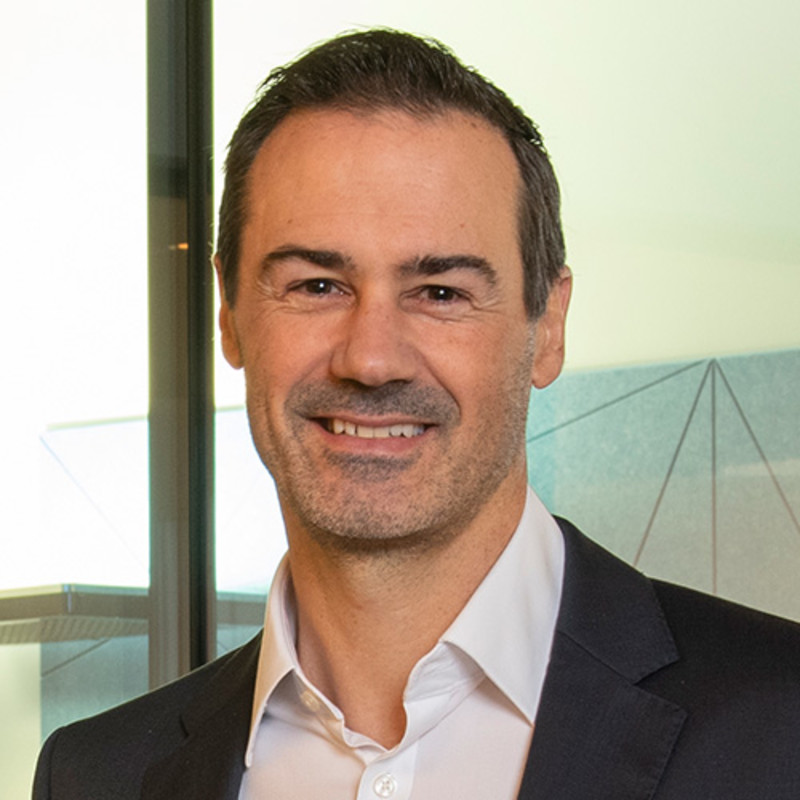Key points
- Investing in companies that enable the electrification and decarbonization of the energy value chain including renewable technologies, smart grids, energy storage and energy-efficiency solutions for the building, transportation, industrial and big data sectors
- A multi-decade structural growth theme accelerating due to new tailwinds from high energy prices and new energy needs leading to unprecedented public and private investments
- Strong alignment to the clean electrification theme with a diversification across technologies leading to a more efficient use of energy
About this fund
Robeco Smart Energy is an actively managed fund that invests globally in companies active in clean energy production, energy infrastructure and management, as well as solutions that improve energy efficiency for sectors such as industrials, buildings, transportation or data centers. The selection of these stocks is based on fundamental analysis. The fund has sustainable investment as its objective, within the meaning of Article 9 of the Regulation (EU) 2019/2088 of 27 November 2019 on Sustainability-related disclosures in the financial sector. The fund's objective is also to achieve a better return than the Benchmark. The strategy integrates sustainability criteria as part of the stock selection process and through a theme-specific sustainability assessment. The portfolio is built on the basis of an eligible investment universe that includes companies whose business models contribute to the thematic investment objectives. The assessment regarding relevant SDGs uses an internally developed framework, more information on which can be obtained at www.robeco.com/si.
Key facts
| Total size of fund | EUR 3,214,564,027 |
| Size of share class | EUR 552,720,878 |
| Inception date share class | 29-10-2020 |
| 1-year performance | 28.97% |
| Dividend paying | No |
Fund manager
 Roman Boner
Roman Boner Michael Studer PhD
Michael Studer PhD Sanaa Hakim
Sanaa Hakim



